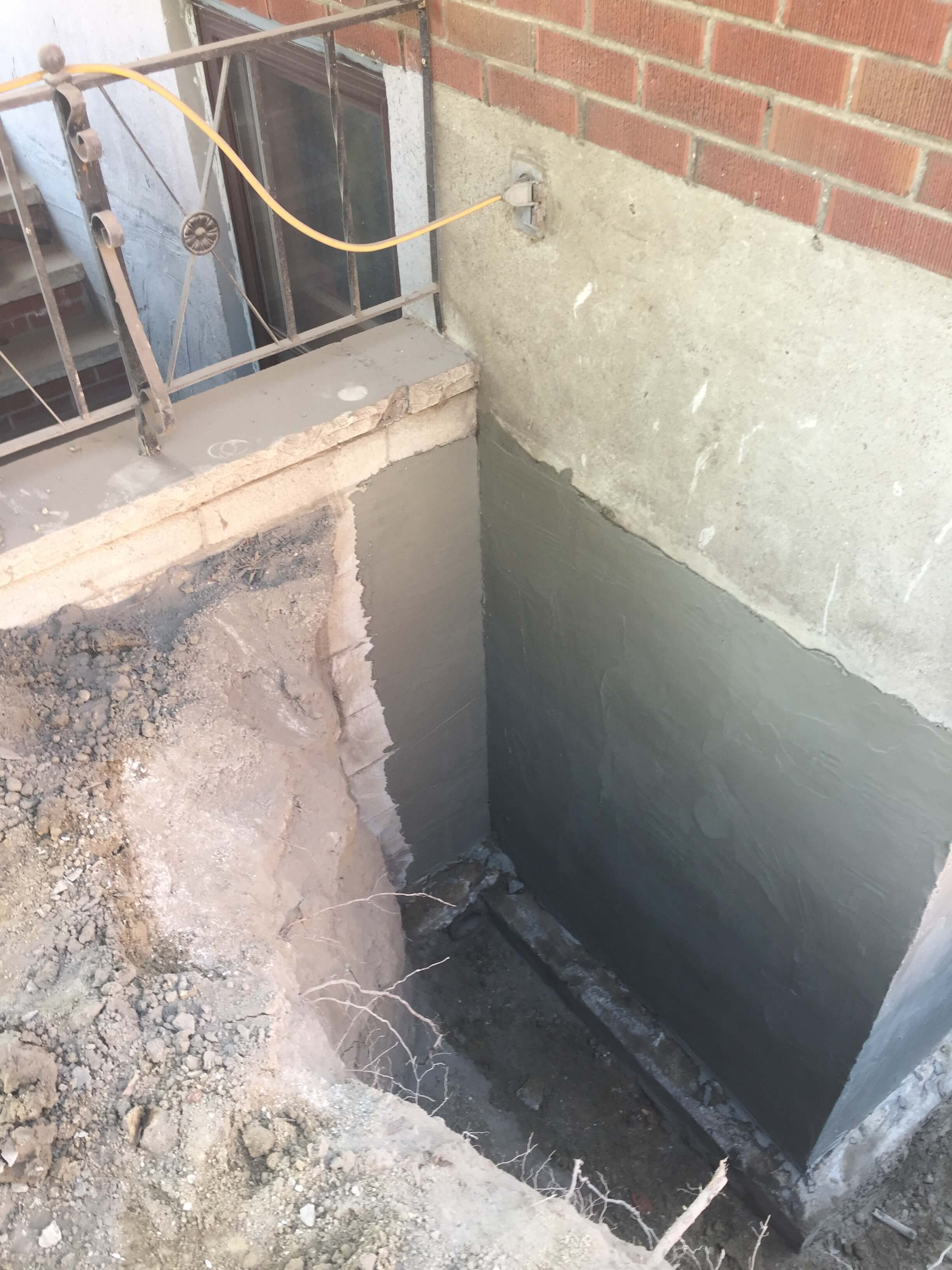The importance of Moisture control is considered Vital for Basements
Waterproofing is a crucial aspect of maintaining the structural integrity and durability of every home or building, however it is often overlooked until occur. Whether you are a homeowner, a property manager, or engaged in building, grasping the benefits of efficient waterproofing can save you significant hours and money in the future.
Moisture damage can penetrate into foundations, walls, and even roofs, resulting in expensive fixes and health hazards due to mold and mildew.
In this article, we will explore why waterproofing is necessary for every home and building. Starting with identifying signs your property needs waterproofing to refuting frequent myths about the procedure, we aim to provide a thoroughly detailed guide on waterproofing techniques. We will also examine the distinctions between interior and exterior waterproofing, the benefits and drawbacks of do-it-yourself versus contractor assistance, and how to choose the best waterproofing contractor for your specific needs. By making sure your areas are properly waterproofed, you are not only protecting your investment but also improving the comfort and security of your living space.
### Comprehending the Significance of Moisture Protection
Moisture barriers is a key aspect of ensuring the soundness and durability of any property or structure. Lacking adequate waterproofing, buildings are at risk of liquid damage, which can lead to serious issues like fungal growth, damage to the structure, and increased repair costs. waterproofing Toronto in waterproofing not only protects the base of a building but also boosts its total value, making it an essential consideration for every property owner or builder.
One of the key benefits of waterproofing is its capacity to stop expensive repairs down the road. Water damage can jeopardize the stability of a property and lead to dangerous situations like mold and mildew. By tackling potential moisture entry proactively, you can protect a lot of dollars in repairs and create a healthier living environment. Proper waterproofing strategies such as inside and outside treatments, along with ongoing maintenance, can considerably extend the service life of your property.
Additionally, waterproofing plays a important role in efficient energy use. Wet and damp cellars or walls can lead to higher energy costs due to inefficient insulation and temperature control issues. By waterproofing your home, you can create a barrier against moisture, allowing for improved temperature control and minimizing energy consumption. This not just helps to cut utility bills but also promotes sustainable building practices, making waterproofing a essential component in contemporary construction.
Key Waterproofing Solutions Methods and Solutions
When it comes to sealing basements, selecting the appropriate technique is crucial for long-term protection against moisture damage. One of the most effective methods is internal waterproofing, which involves coating walls and floors with tailored coatings and utilizing drainage systems. This approach not only stops water from infiltrating the space but also increases the overall humidity levels, making it unfavorable for mold and mildew. By employing materials manufactured for water resistance, homeowners can significantly minimize the risk of structural damage.
On the other hand, exterior waterproofing focuses on preventing water from reaching the foundation in the first place. This is achieved through techniques such as excavating around the foundation and applying waterproof membranes to the external walls. Proper sloping of the landscape is also important to ensure that water flows away from the building. Spending in exterior waterproofing creates a shield that protects not just the basement but the entire structure from possible flooding and deterioration.
In addition to these techniques, adding advanced drainage solutions like drainage systems and sump pumps can further enhance waterproofing efforts. These systems actively eliminate excess water from around the foundation, providing an supplementary layer of protection against flooding. Employing a combination of interior and outdoor waterproofing methods, along with reliable drainage solutions, makes sure that basements remain moisture-free, safe, and void of expensive repairs down the line.
Cost-Benefit Analysis of Waterproofing Your Property
Investing in the waterproofing of your property can seem overwhelming, but the cost savings in the long term are significant. Water damage is one of the most expensive and destructive issues a homeowner can face. A single incident of flooding or water leakage can result in extensive repairs, mold remediation, and compromised structural integrity. By waterproofing your basement or other vulnerable areas, you can avert these expensive problems before they arise, saving thousands in possible repair costs.

In addition to avoiding initial repair expenses, waterproofing your property enhances its overall value. https://bartlett-larsson-3.hubstack.net/deciding-among-do-it-yourself-versus-professional-sealant-services are keen on homes that are defended against water damage. A well-waterproofed basement not only provides peace of mind but can also speed up the sale of your home should you choose to sell it. This extra assurance can be a key factor that draws buyers, turning your investment in waterproofing simultaneously a protective measure and a wise financial decision.
Moreover, waterproofing contributes to energy efficiency, which can lead to further savings. By preventing water intrusion, you reduce the risk of mold growth that can impact indoor air quality and demand more energy to control temperature effectively. This holistic approach to waterproofing not only safeguards your property but also improves living conditions, making it a smart investment for homeowners who want to protect both their finances and their health.